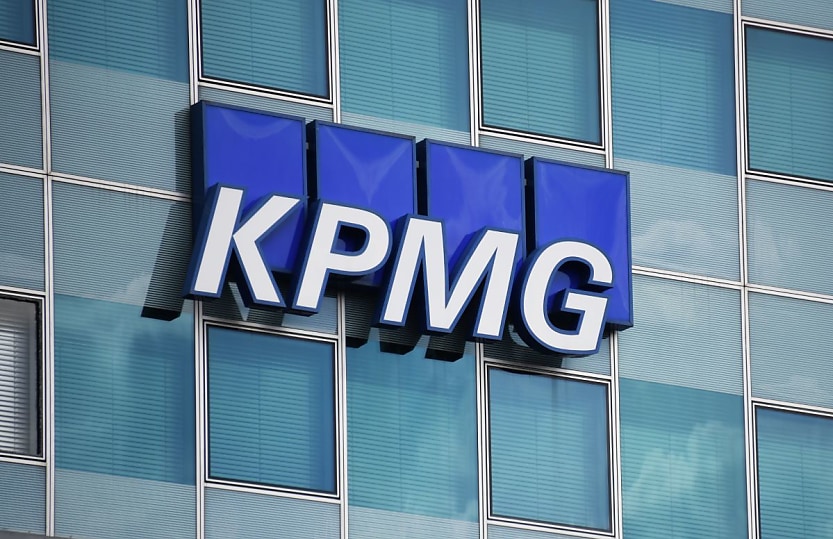COVID loan repayments place further strain on SMEs

SMEs may face increased financial pressure at the end of this year with the first phase of government-backed loans lent to businesses in COVID-19 due in full, says a turnaround specialist.
Many small- to medium-sized businesses are still dealing with a range of legacy issues stemming from the pandemic period with some still holding COVID-19-related liabilities on their balance sheets, according to KPMG turnaround and restructuring partner David Kidman.
Mr Kidman said small businesses are facing financial pressures from a range of areas with the ATO ramping up its debt activities and interest rates and inflation rising.
In addition to these pressures, the first phase of loans lent under the SME Guarantee scheme during the pandemic will also need to be paid back in full by the end of this year in full, he said.
During the pandemic, the government established the SME Guarantee scheme which provided businesses with working capital loans partly backed by the government. The big banks lent SMEs around $13 billion worth of these loans from 2020 to 2022.
Phase 1 of the scheme provided working capital loans for up to $250,000 to SMEs for terms of up to three years.
“The first phase of these loans are now due at the end of this year in full,” said Mr Kidman speaking on the KPMG Turnaround and Restructuring podcast series.
“The other two phases provided loans up to $5 million and they’ll be paid off over the next nine years or so,” he said.
“The one thing about these loans is that they’re inflexible because they’re government guaranteed so it’ll be interesting to see how that pans out over the next period.”
Mr Kidman said there are also a lot of small businesses that still have tax debts to repay to the ATO that the Tax Office is now actively looking to reduce.
“The ATO has been very accommodating to many businesses but one of the priorities for this financial year was to have its small business collectable set reduced back to pre-pandemic levels as they’re nearly doubled since,” he said.
“We’re now starting to see the ATO take corrective action and in the past few months we’ve seen a number of winding up applications issued across the country.”
For businesses with payment arrangements with the ATO, Mr Kidman said it’s important they are paying their new liabilities on time in addition to the payments required under the arrangement.
In some cases businesses may also have some residual landlord and supplier deferral debts, he said.
“However, anecdotal evidence suggests that most of these debts have now been sorted out,” he stated.
Increasing interest rates and inflation are also adding further pressure on businesses trying to deal with residual debts from the pandemic period, he added.
Given some of the pressures in the current environment, Mr Kidman said there are some important red flags to be aware of when reviewing a business’s financial accounts.
“It’s important that the business has up-to-date and accurate financials. It’s often the case that where the business has accounts that aren’t accurate or have under or overstated values, it’s a sign that things aren’t rosy,” he said.
“Other things to look out for are stock figures that don’t change from period to period, a large proportion of debtors that are 90 days or more outstanding, a major fixed asset that’s based on a director’s valuation and substantial and increasing director loans.”
Where there are reliable financials, it’s often the poor working capital position of a company that is the predominant indication that a business may be facing stress.
“What that means is the business may not have sufficient liquid assets to meet its short-term liabilities that might be due, which effectively hits to the financial heart of the business,” he said.
“The deterioration of short-term liquidity usually builds up over time. An analysis of the profit and loss statements will likely outline the root cause of this and it might be things such as declining revenue, shrinking margins, increasing costs relative to the revenue or might be just a big asset write off like having a large customer go broke and not be able to pay its bills.”
Financials that continually fail to meet forecasts can also be a sign that the business is under stress, he said.
About the author







